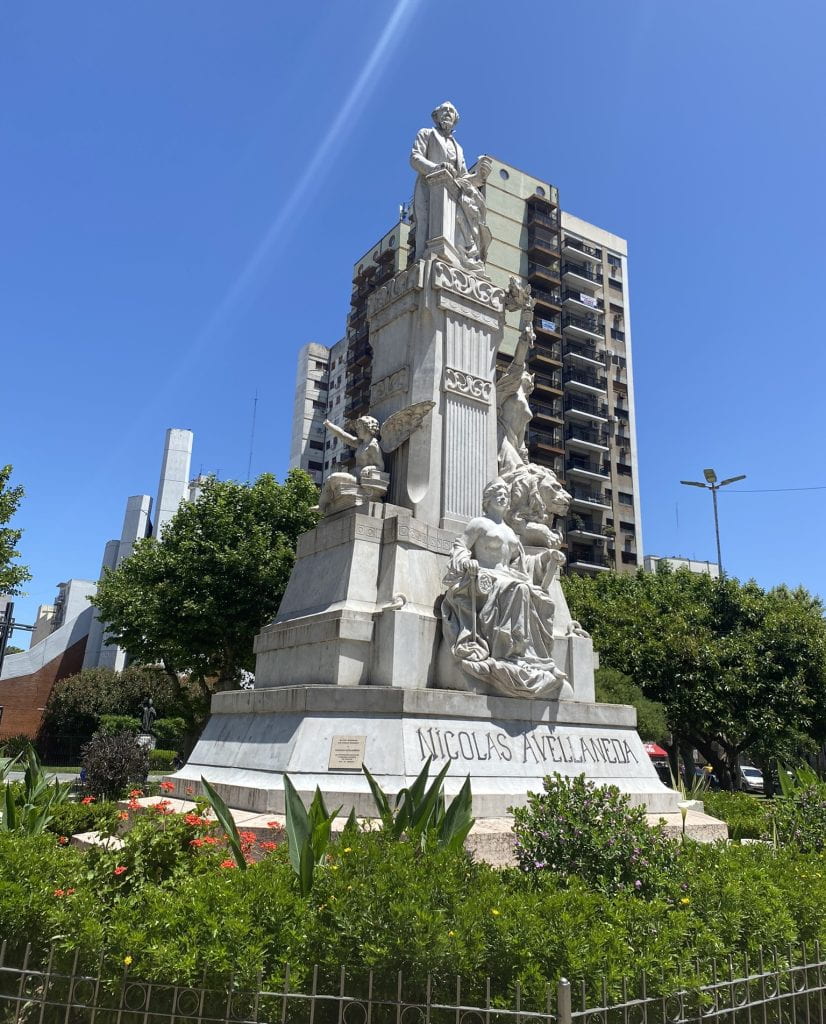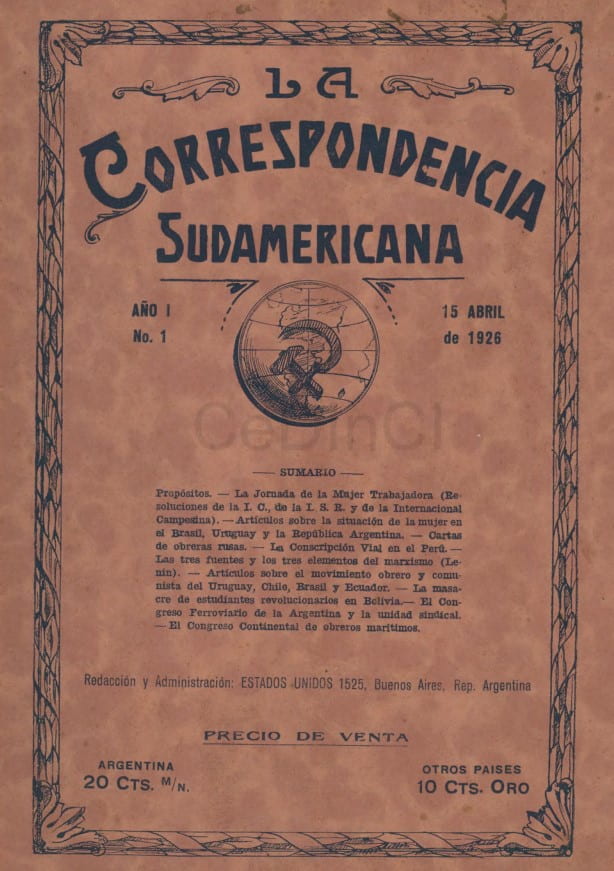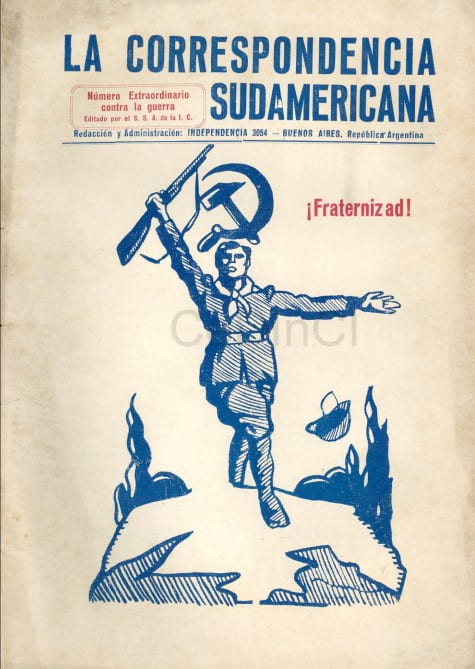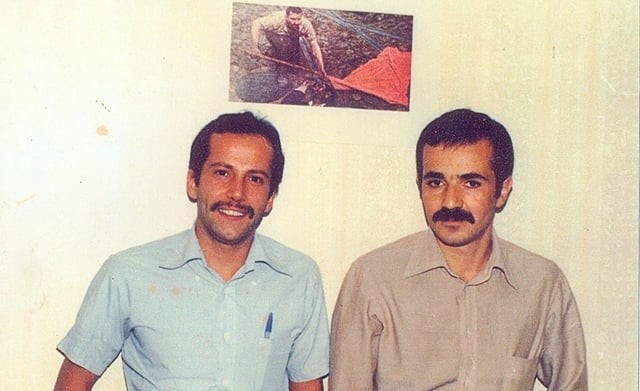Migration, Mobilities and Digital Technologies – a special series published in association with the ESRC Centre for Sociodigital Futures.
By Naomi Millner.
During the mobilisation of migrant solidarity and anti-racist protests in the UK last summer, digital technologies – particularly smartphones – played a pivotal role. These devices became lifelines, with group chats buzzing with updates about far-right activities, tactical advice and legal guidance. The same platforms were also used by far-right groups, with live TikTok feeds and other social media channels attempting to galvanise ‘protests’ and reinforce anti-migrant narratives. Such use of digital technologies is clearly mediating new and contrasting forms of collective political action in relation to migration and mobilities.
The mobilisations were part of a broader wave of unrest across the UK in late July and early August 2024, following a tragic killing of three girls in Southport. Misinformation quickly spread online, including claims that the perpetrator was a Muslim immigrant. This sparked violent riots, where mosques, migrant centres and hotels housing asylum-seekers were targeted.
The events illustrate how the internet and social media are transforming the way people receive information, form opinions and engage with others. Some describe these new forms of connectivity as a series of interlocking echo chambers where opinions carry rapidly along social networks without entering meaningful dialogue, fostering polarisation and extremism. The rise of artificial intelligence (AI) in this context, and the incorporation of algorithms that prioritise engagement in social media over accuracy has further intensified the spread of sensationalist and often false content.
On the other hand, notions of echo chambers and even polarisation have been called simplistic, relying as they do on conventional ideas of the political left and right, a glossing of what information individuals are exposed to, and an easy dismissal of populist views as being naïve and/or manipulated.
Emerging technologies in migration and conservation surveillance
The impact of new digital technologies is not limited to social media reporting on migration. As this blog series has already explored, governments and corporations increasingly employ advanced technologies such as satellite monitoring and AI-driven predictive policing to control migration flows and enforce border security.
The world of environmental conservation is sometimes imagined as being separate from migration, the former configured by a geography of protected areas and wildlife reserves, the latter linked with state borders, administrative processes for legislating il/legal movement and asylum seeking, and the configuration of associated rights. But today, the two are far more entangled, especially where biodiversity is a major subject of international geopolitics. As I have shown in my own work (Millner 2020; Millner et al. 2024, the definition of the borders of protected areas is increasingly used to control groups considered ‘risky’ by the state – including Indigenous groups and ethnic minorities – while conservation technologies such as drones can be turned on people for surveillance purposes as well as wildlife. In these areas, migrants, Indigenous peoples, ethnic minorities and political activists are frequently collapsed together to portray an abstract threat of ‘global terrorism’ and thus authorise special military powers and actions.

In the world of global conservation, we have seen a trend of what political ecologists call ‘green securitisation’, where agendas of historical racism and Indigenous genocide are greenwashed to justify them to a global audience. In countries from Guatemala and Colombia to India and Tanzania, state exceptional powers have been enabled for protected areas, based on claims that national biodiversity is threatened by poachers or ‘potential nature destroyers’.
In South Africa’s iconic Kruger national park, for example, militarised methods and technologies have been used to control illegal migration from Mozambique by the coding of migrant groups as potential poachers. State-of-the art military technologies (including helicopters and drones) combine with media interventions that cultivate hysteria over the peril of individual animal species (rhinos, in Kruger) to legitimise strong-handed interventions.
Meanwhile, satellite technologies, especially GIS systems, have long been celebrated for their potential in environmental conservation, enabling the early monitoring of forest fires and quantification of forest loss. However, such imagery has been significantly co-opted for state control in conflicted places such as the Amazon rainforest. In Brazil, satellite data intended to monitor deforestation is often manipulated to favour corporate interests and counter-activism, with enforcement actions disproportionately targeting small-scale farmers and Indigenous communities.
Social movements and digital resistance
Despite the potential for digital technologies to be abused, social movements and activists have found innovative ways to use these same tools for resistance. In the Amazon, Indigenous groups from across Péru, Ecuador and Colombia have harnessed GPS devices, drones and smartphones to document illegal logging and land grabs, providing tangible evidence to support their claims and rally international support. Through such forms of monitoring, Indigenous Peoples and Local Communities (IPLCs) may create counter-narratives to official state reports and highlighting the agency of marginalised groups.
In my own research in the Maya Biosphere Reserve, Guatemala, I have seen forest-based organisation ACOFOP foster a new kind of expertise focused on RGB sensors mounted on drones. In conjunction with tablets or smartphones, images collected by drones are used to monitor forest cover and potential fires but have also been used to evidence effective management by rural communities in the face of false claims.

Historical continuity or new power relations?
The deployment of digital technologies, particularly AI and drones, clearly represents a significant shift in the global exercise of power, especially in the governance of migration. These technologies enable states and other actors to predict, monitor and control migration flows with unprecedented precision. This capability not only strengthens traditional border enforcement mechanisms but also introduces new actors – such as private tech companies – into the complex power dynamics surrounding migration. As monitoring technologies are deployed in contested conservation spaces, private interests often collaborate with states to develop and deploy surveillance technologies, blurring the lines between public and private interests in migration governance.
Yet, digital technologies also offer avenues for resistance. Marginalised communities and social movements are leveraging digital tools, from smartphones to drones, to challenge dominant narratives and expose the underlying agendas of state and corporate actors. Just as indigenous groups in the Amazon have utilized GPS devices, drones, and satellite data to document illegal deforestation and land grabs, so NGOs and activist networks use social media and real-time communication tools to assist migrants in distress and document human rights abuses at borders, thereby contesting the biopolitical control imposed by states.
In this sense, the example of drones in conservation resonates with the ‘autonomy of migration’ perspective, which has long been active in critical migration studies and critical geographies. To assert the autonomy of migration is to assert the primacy of migration, which is to say, it is an originary and creative force, which precedes all forms of state-based citizenship and state-making. Rethinking anticipatory technologies of migrant tracking, for example, places clear imperatives on states to keep up with migrant movements to maintain a sense of sovereignty. But digital technologies also have the potential to mediate infrastructures of connectivity, affective cooperation, mutual support and care by people on the move. This shows the possibility of (re)claiming digital technologies into alternative productions of knowledge and more-than-human creativity.


















